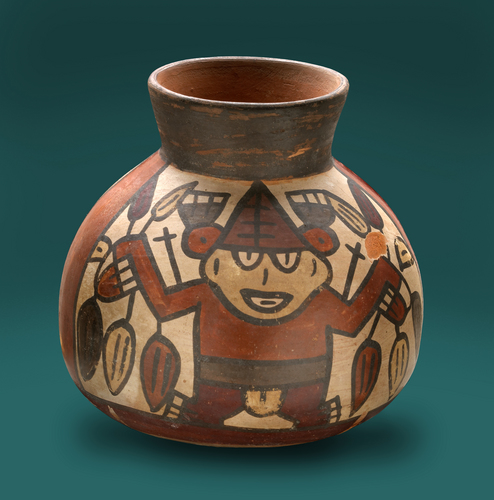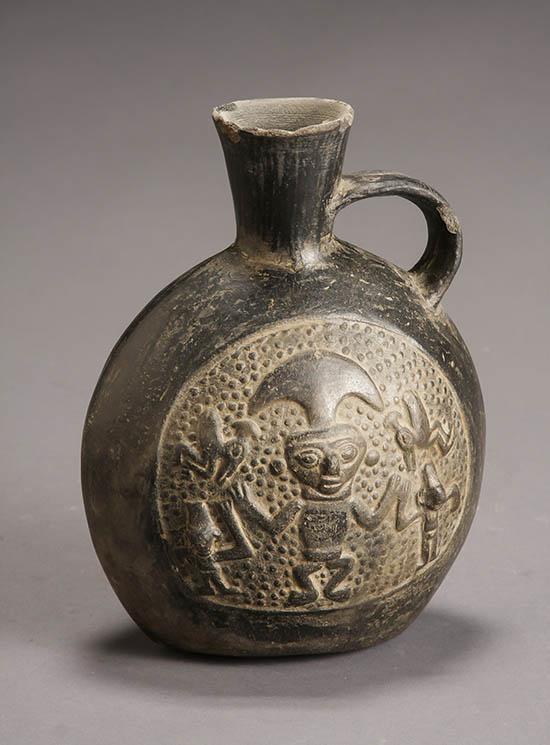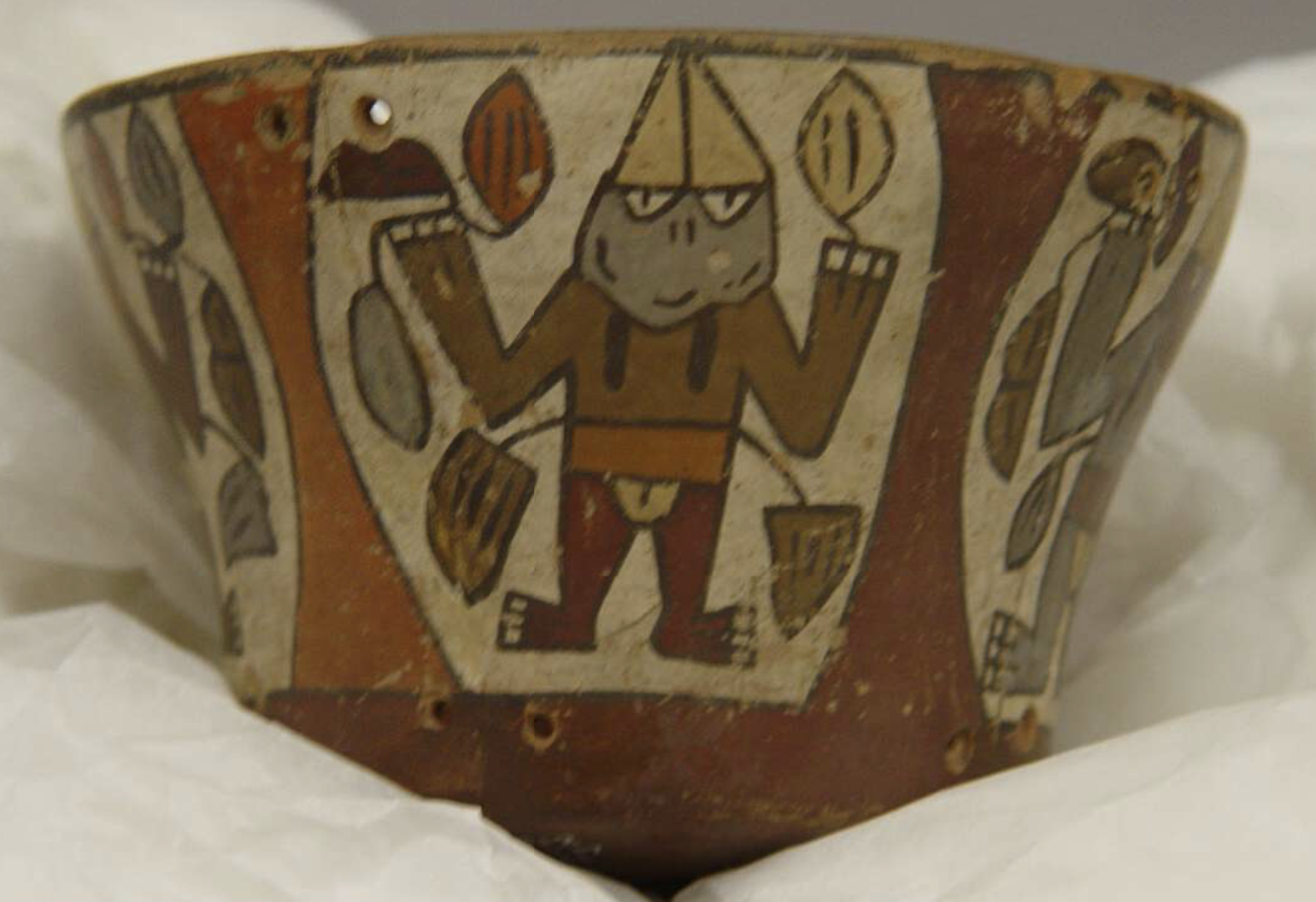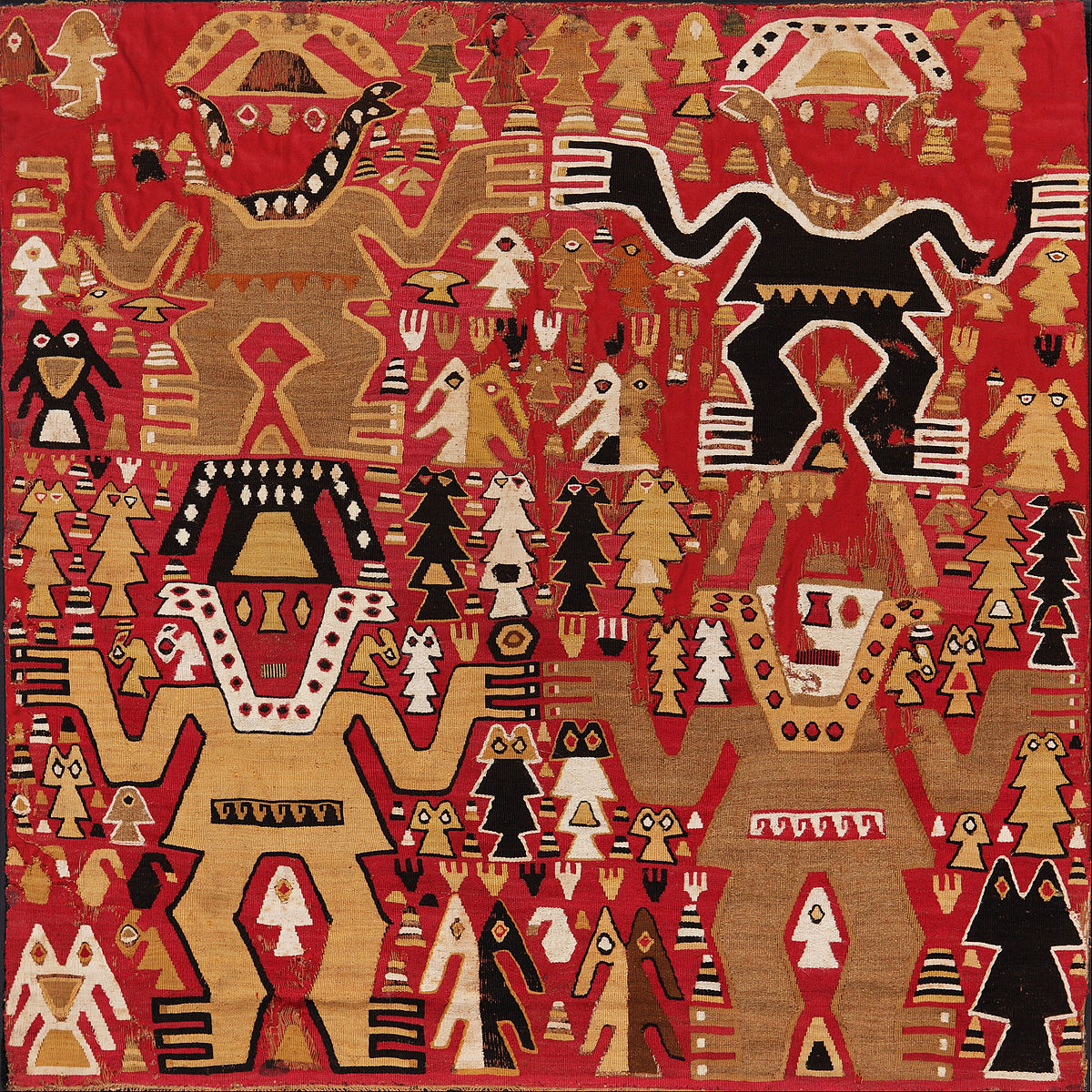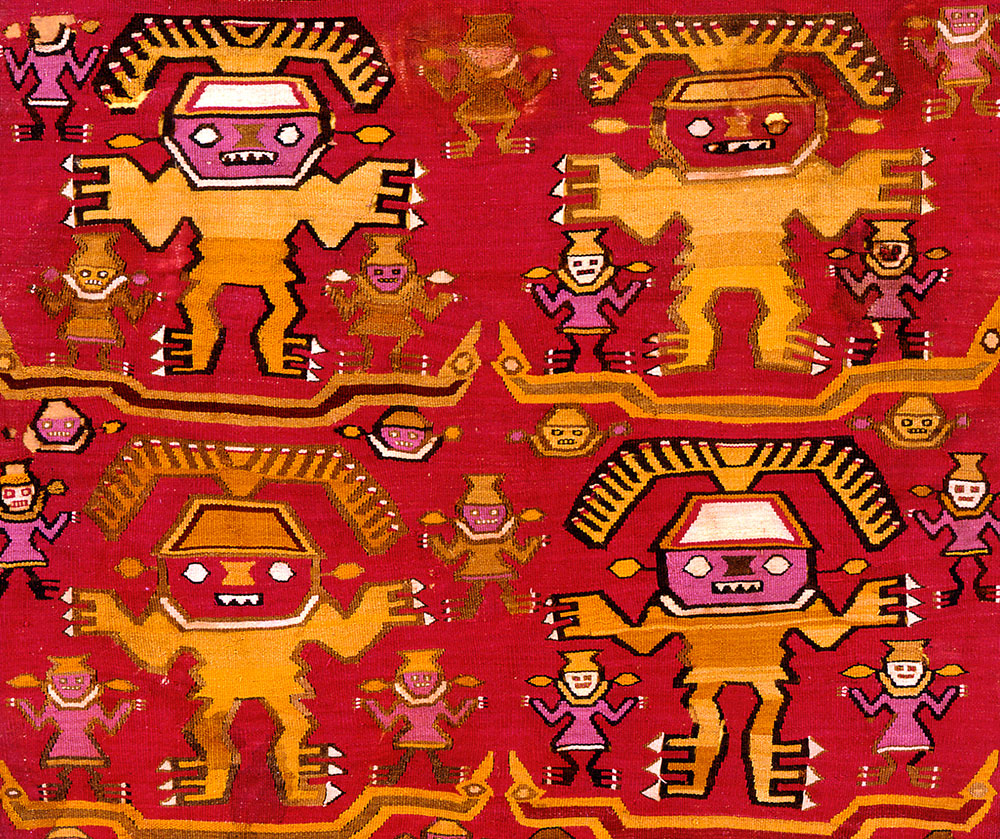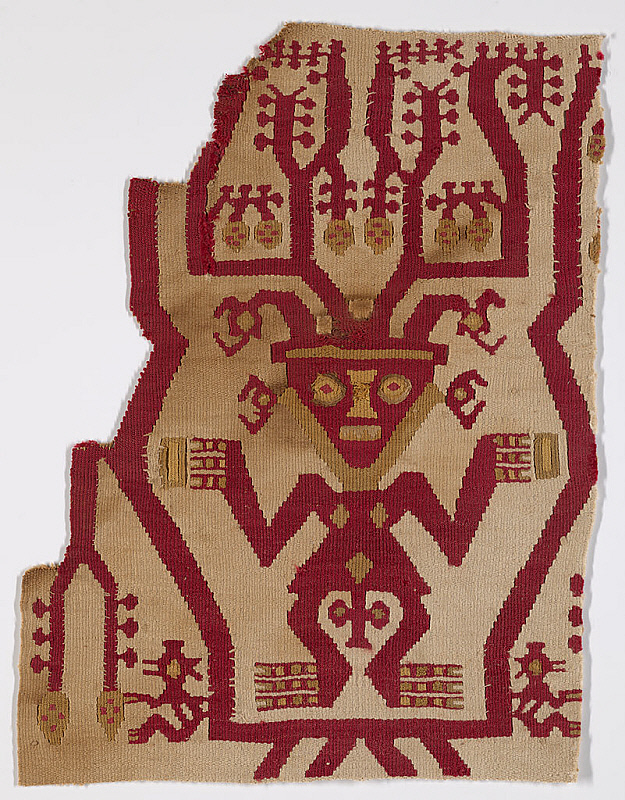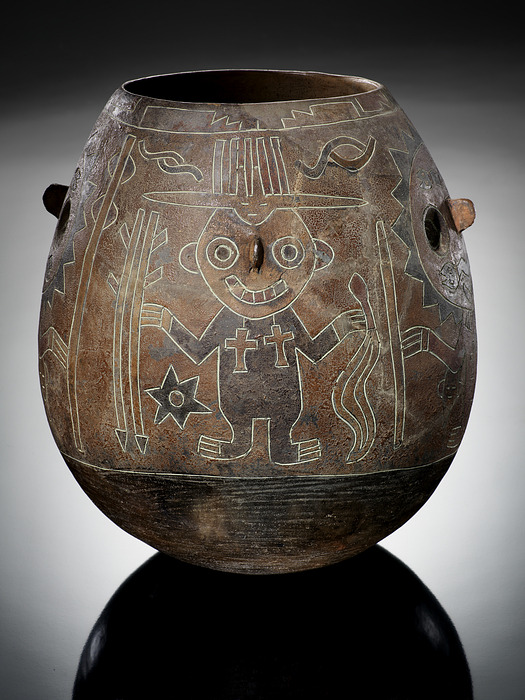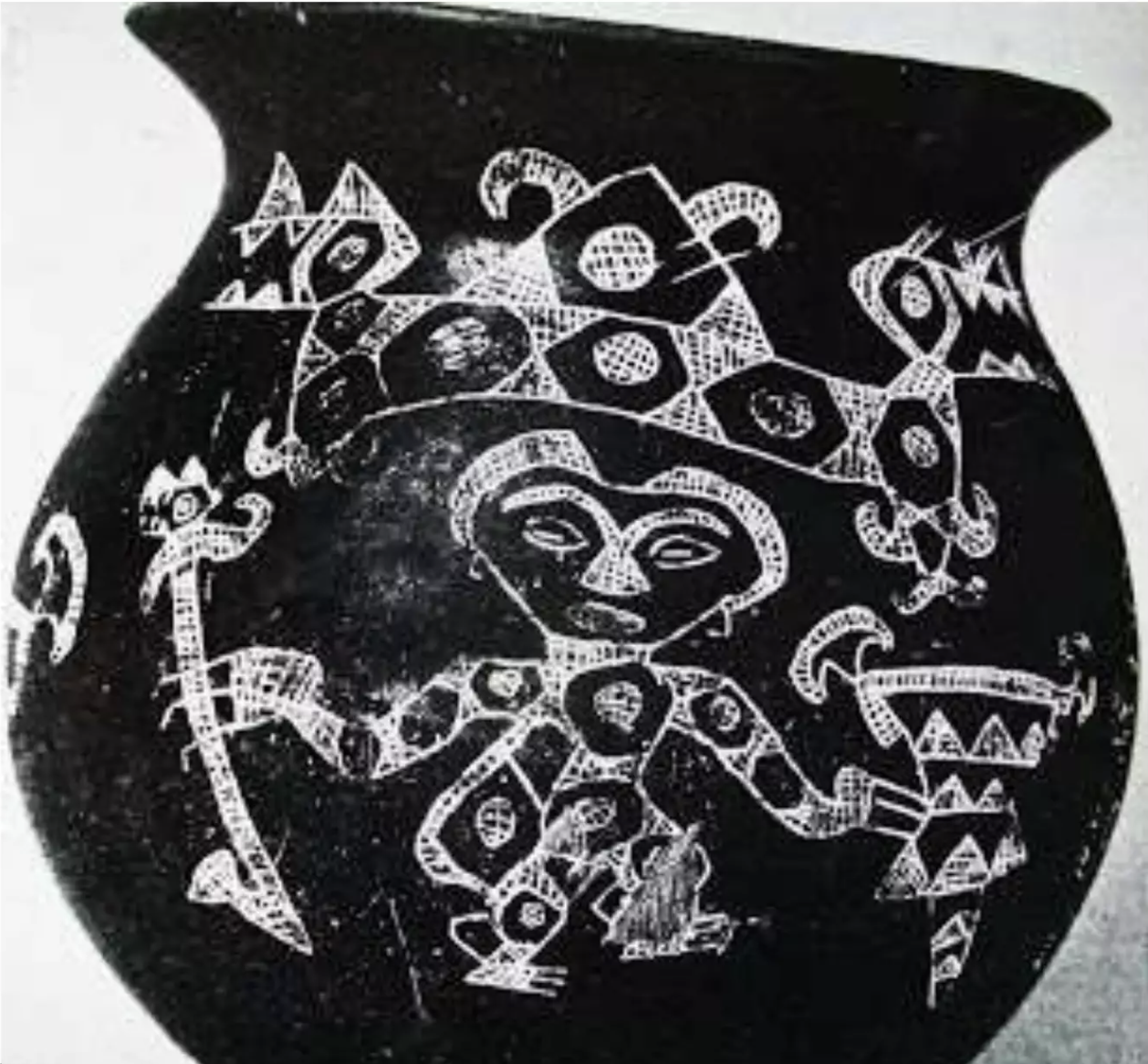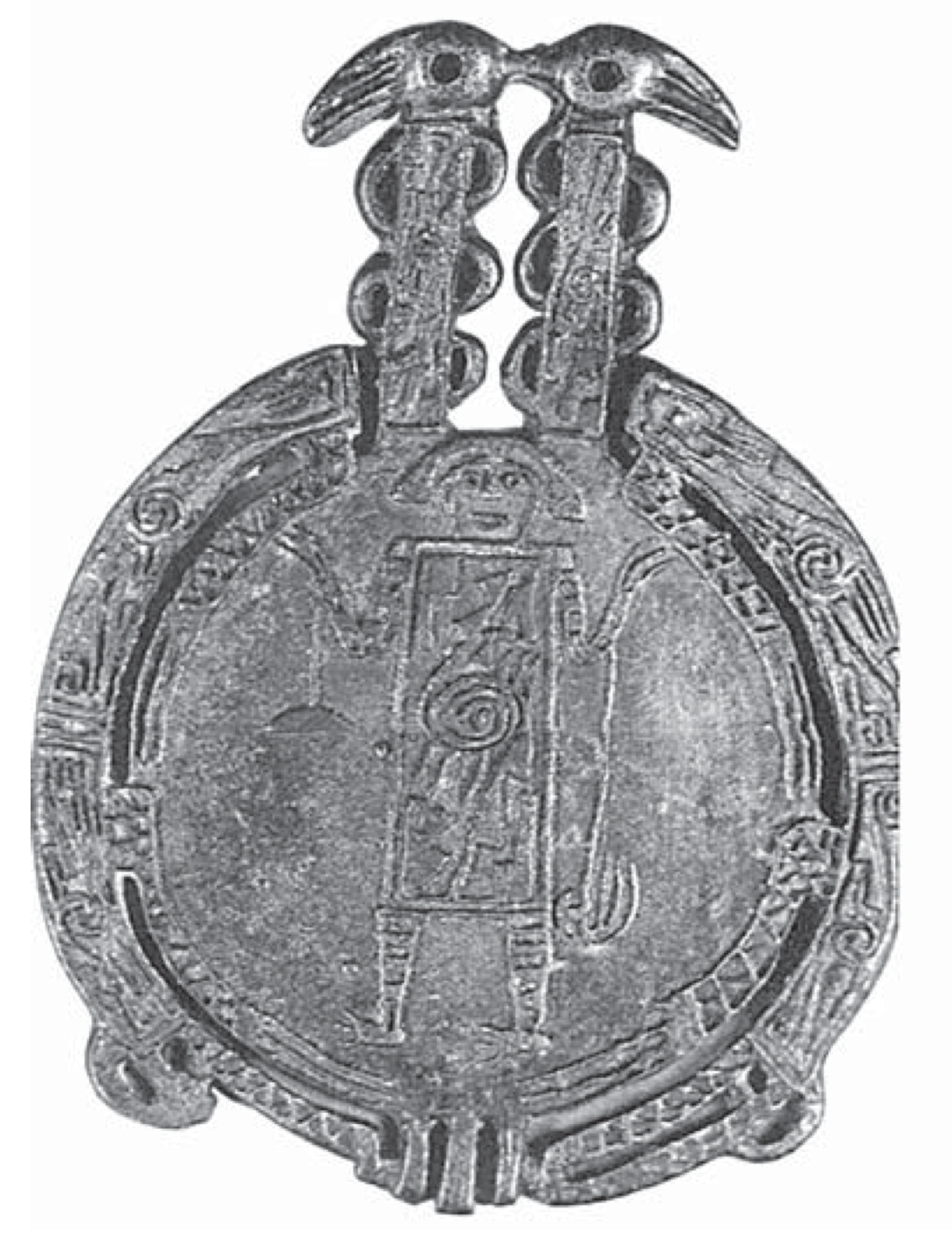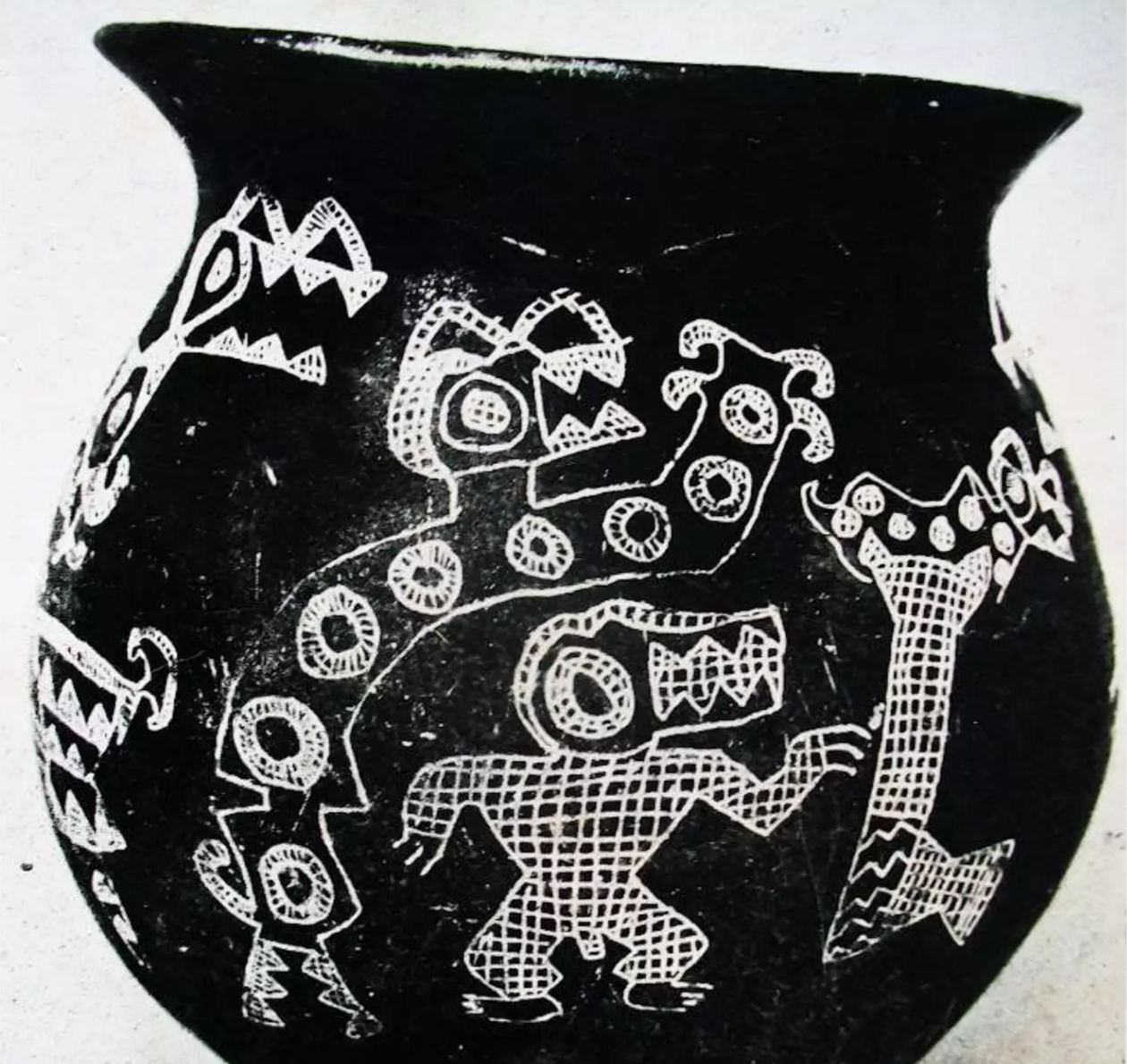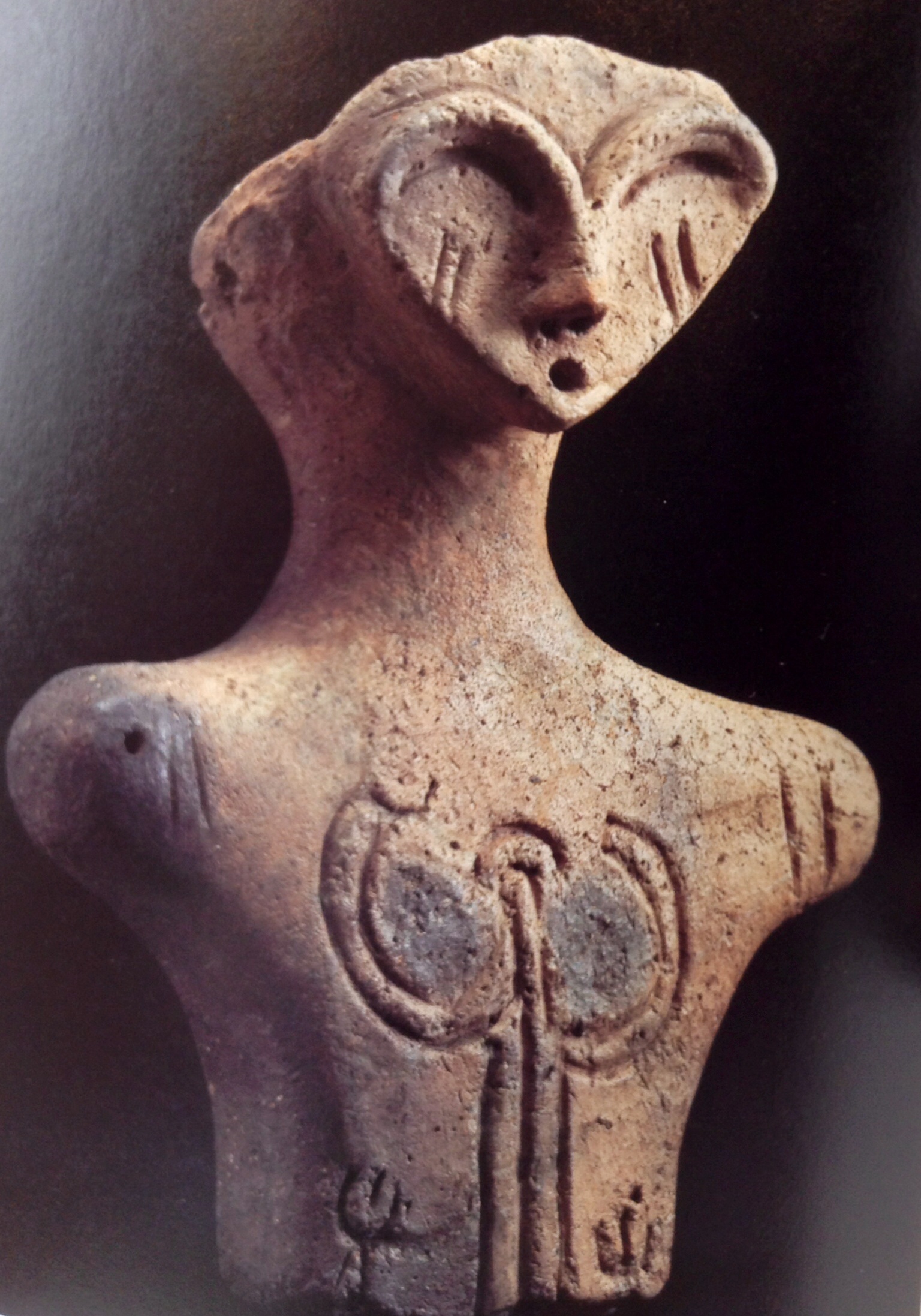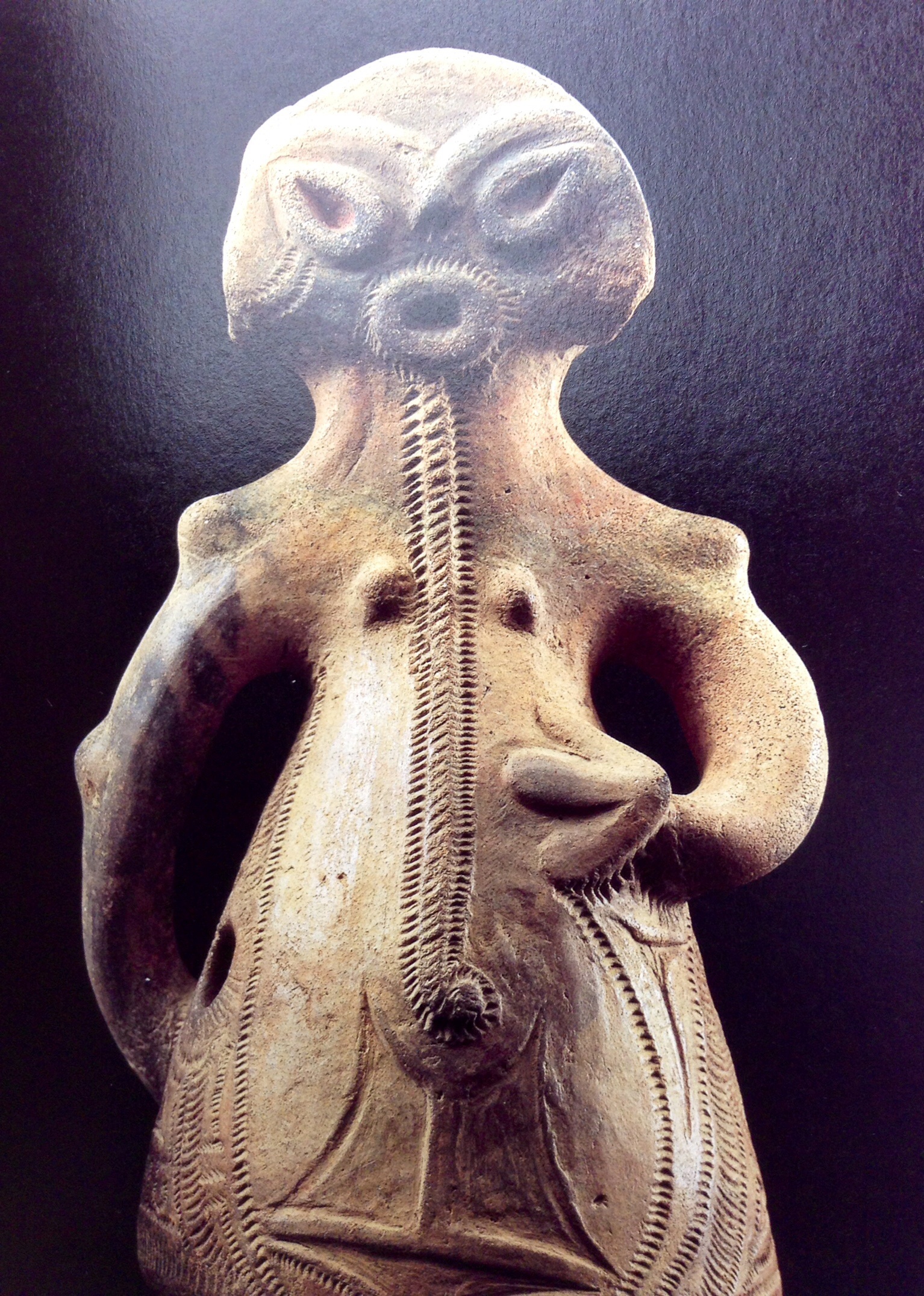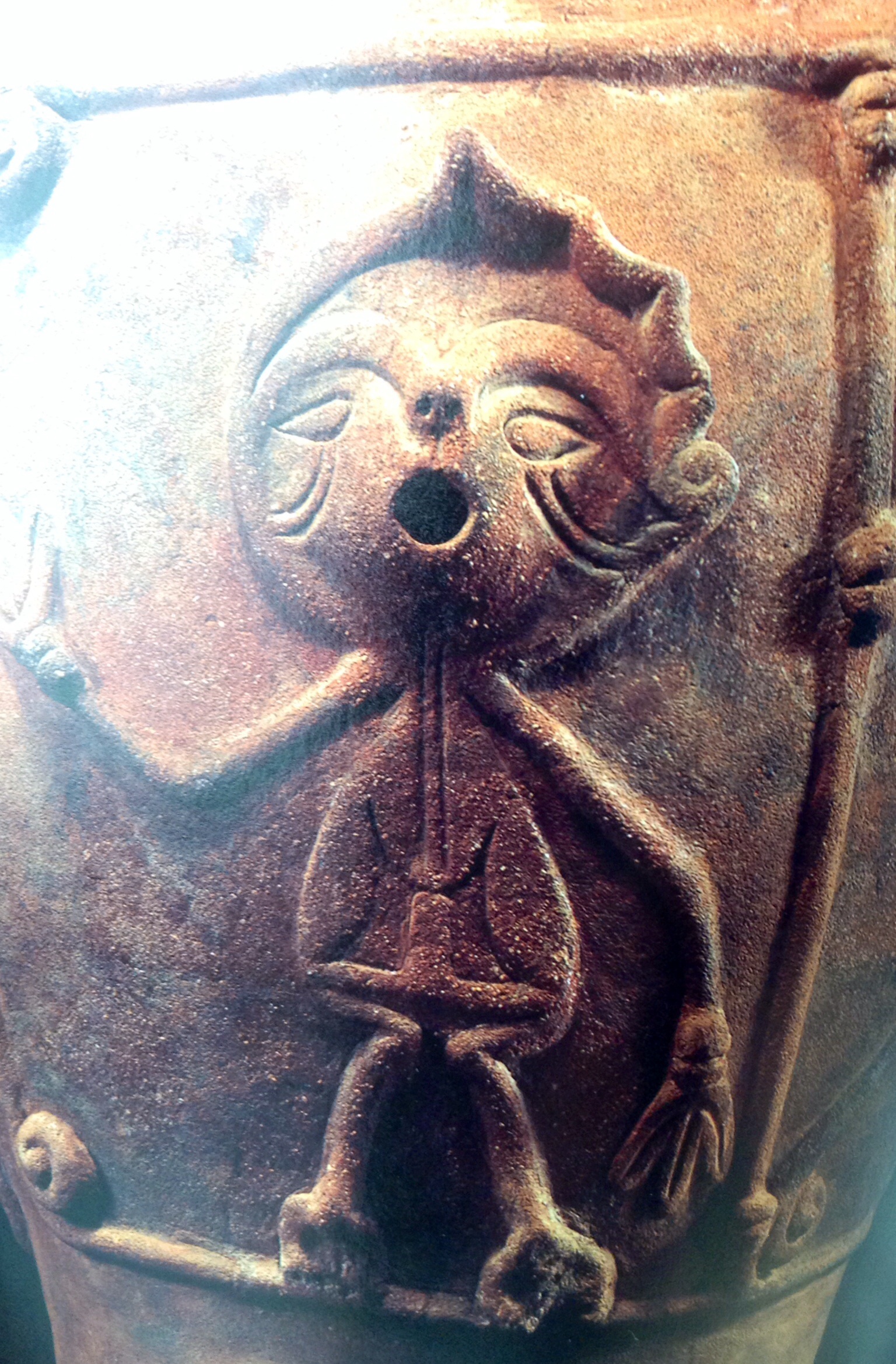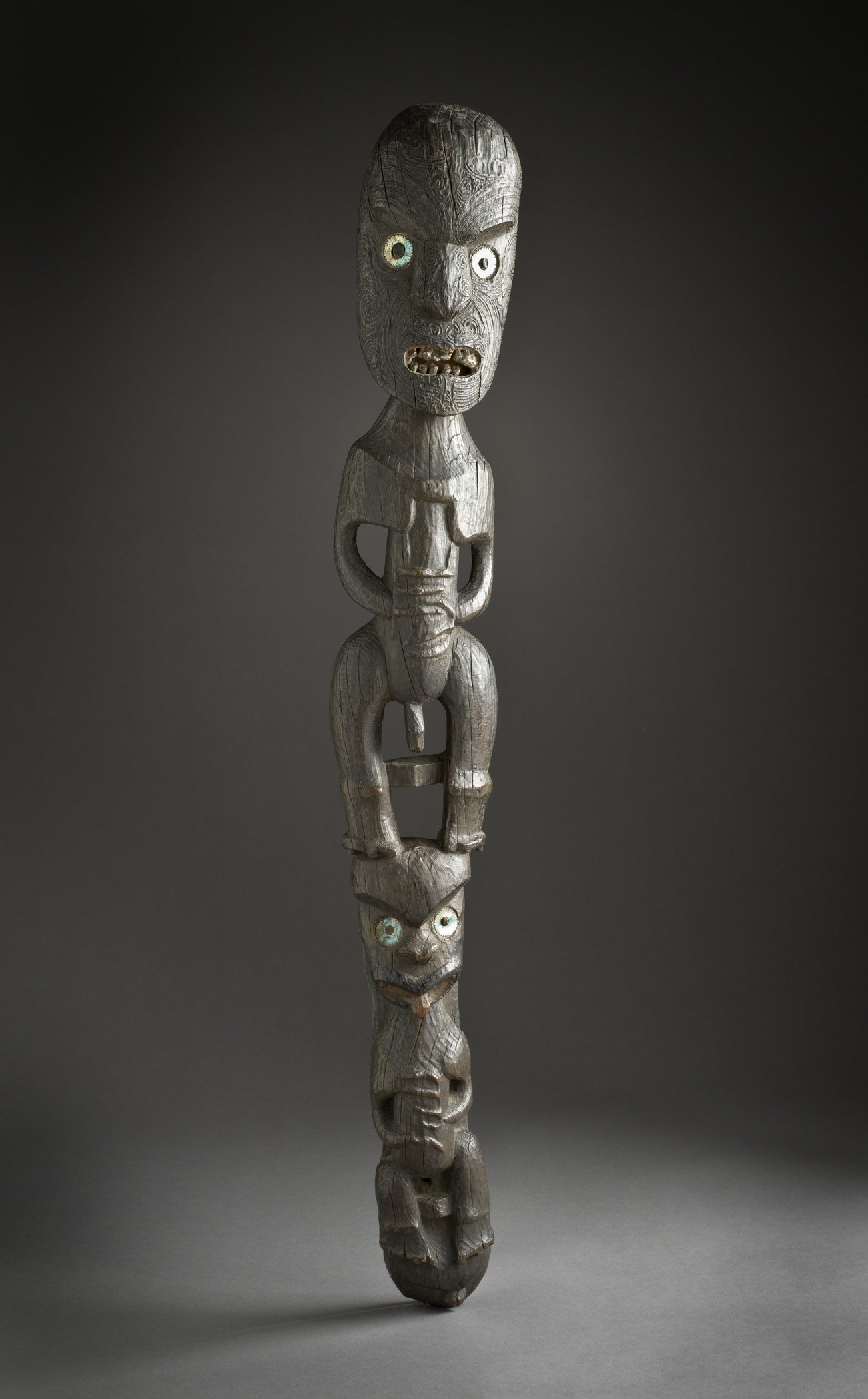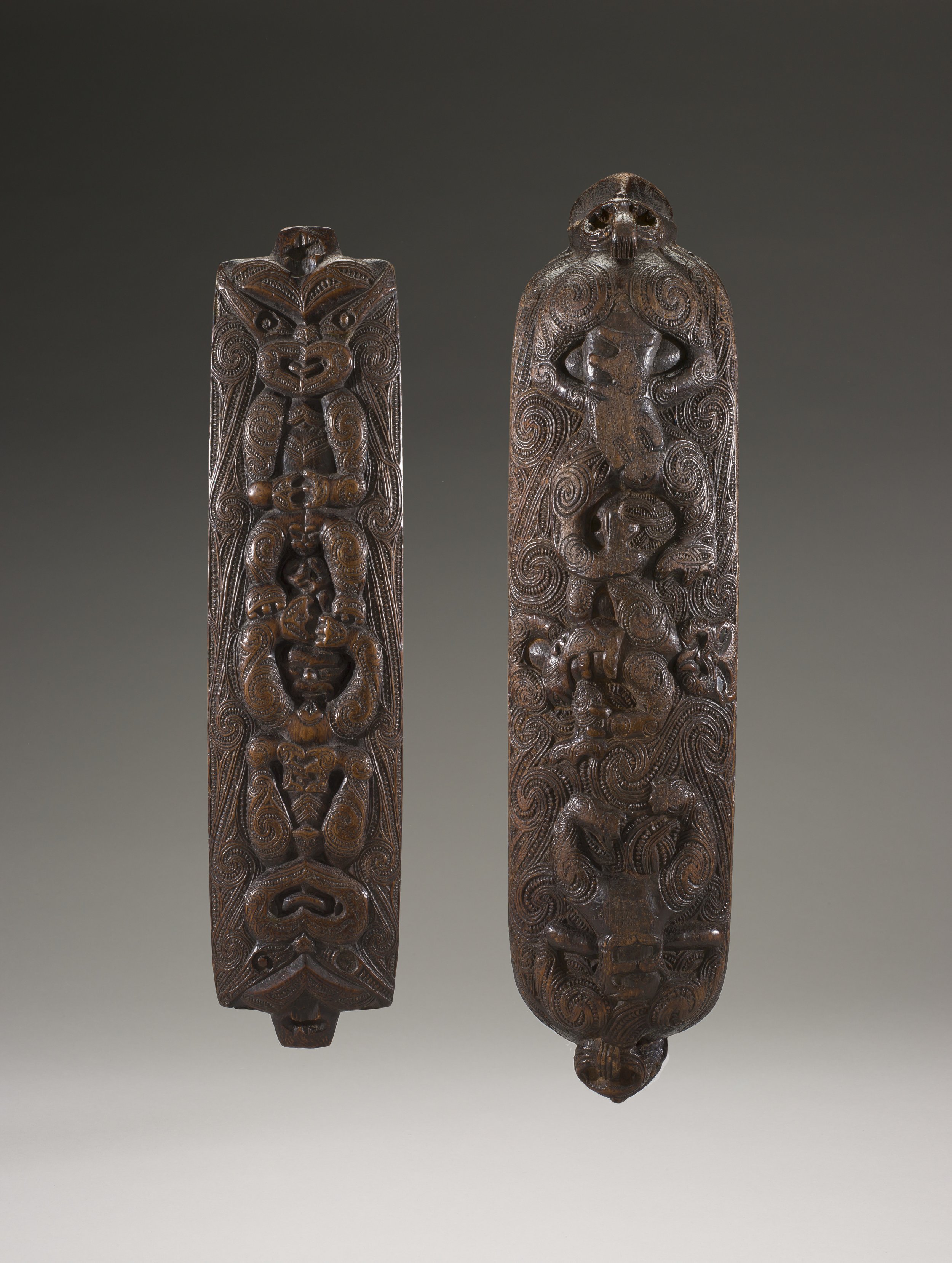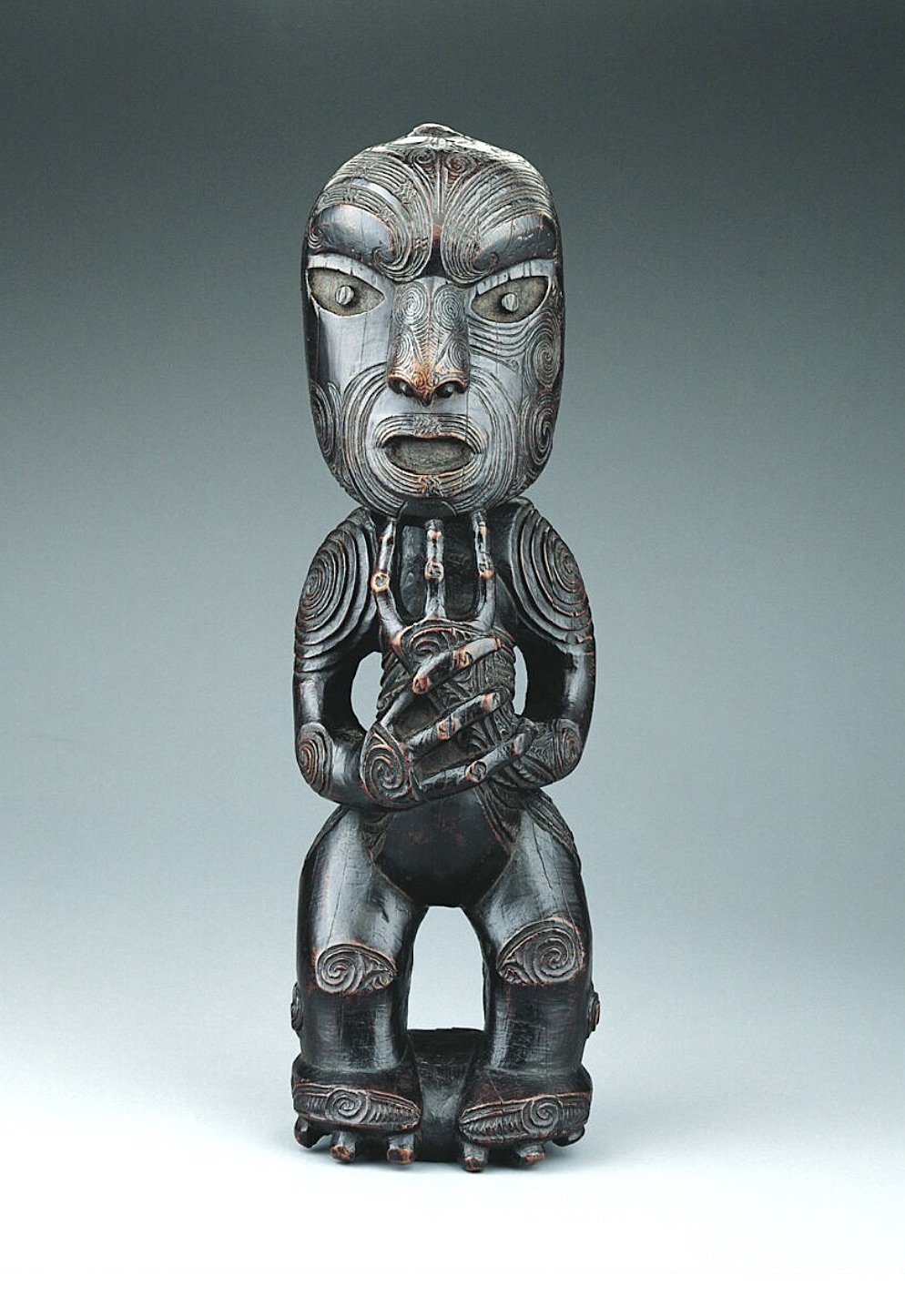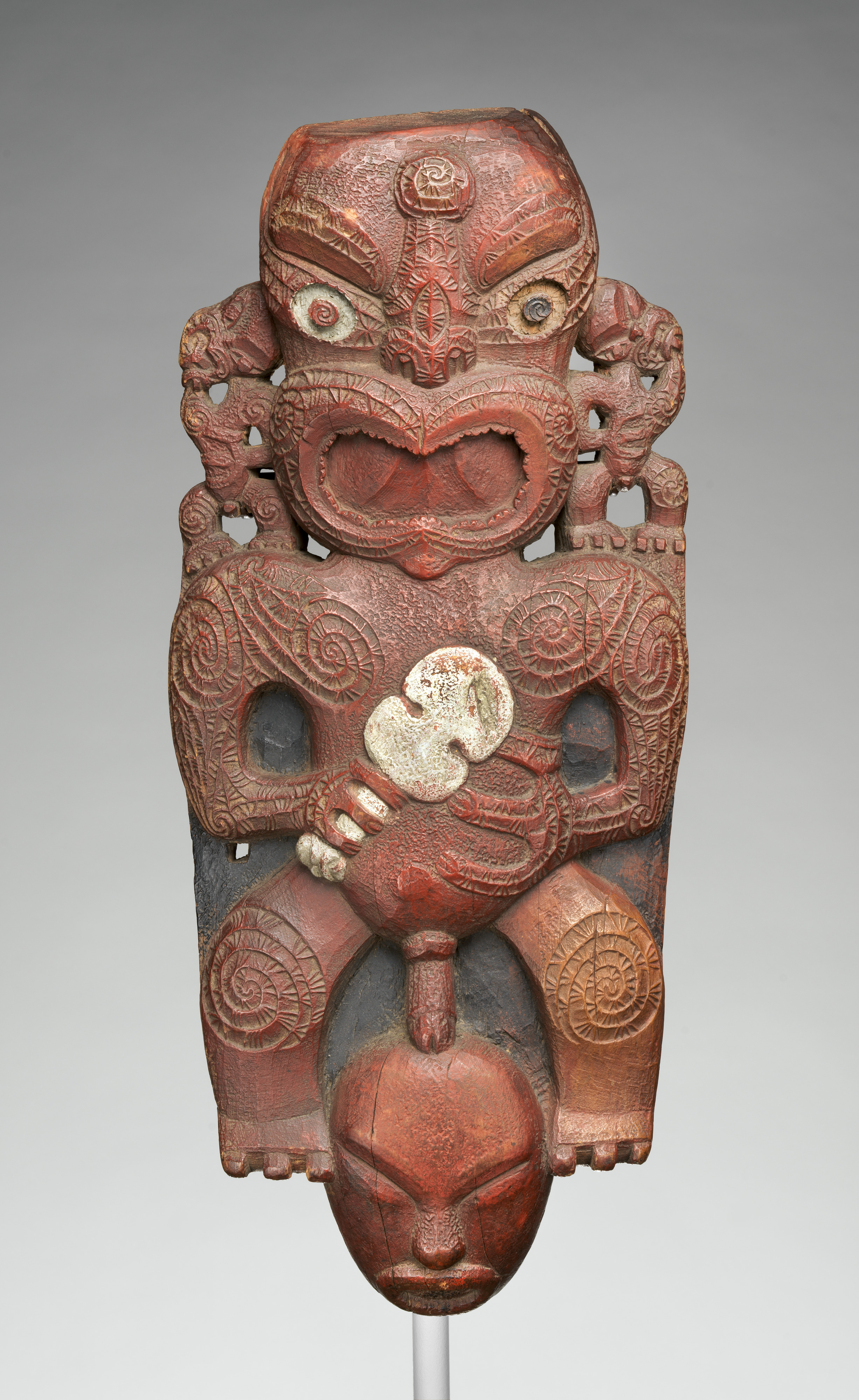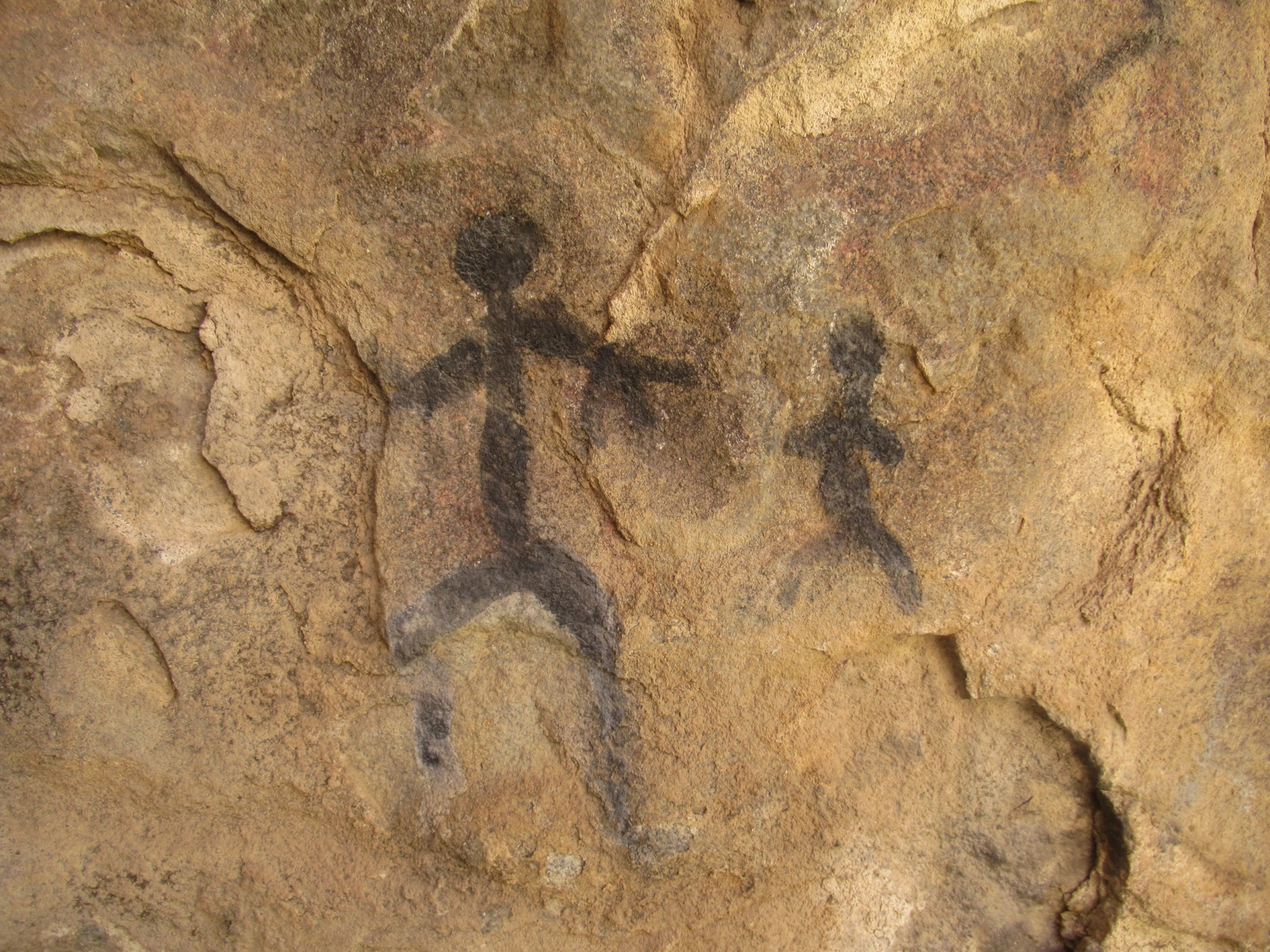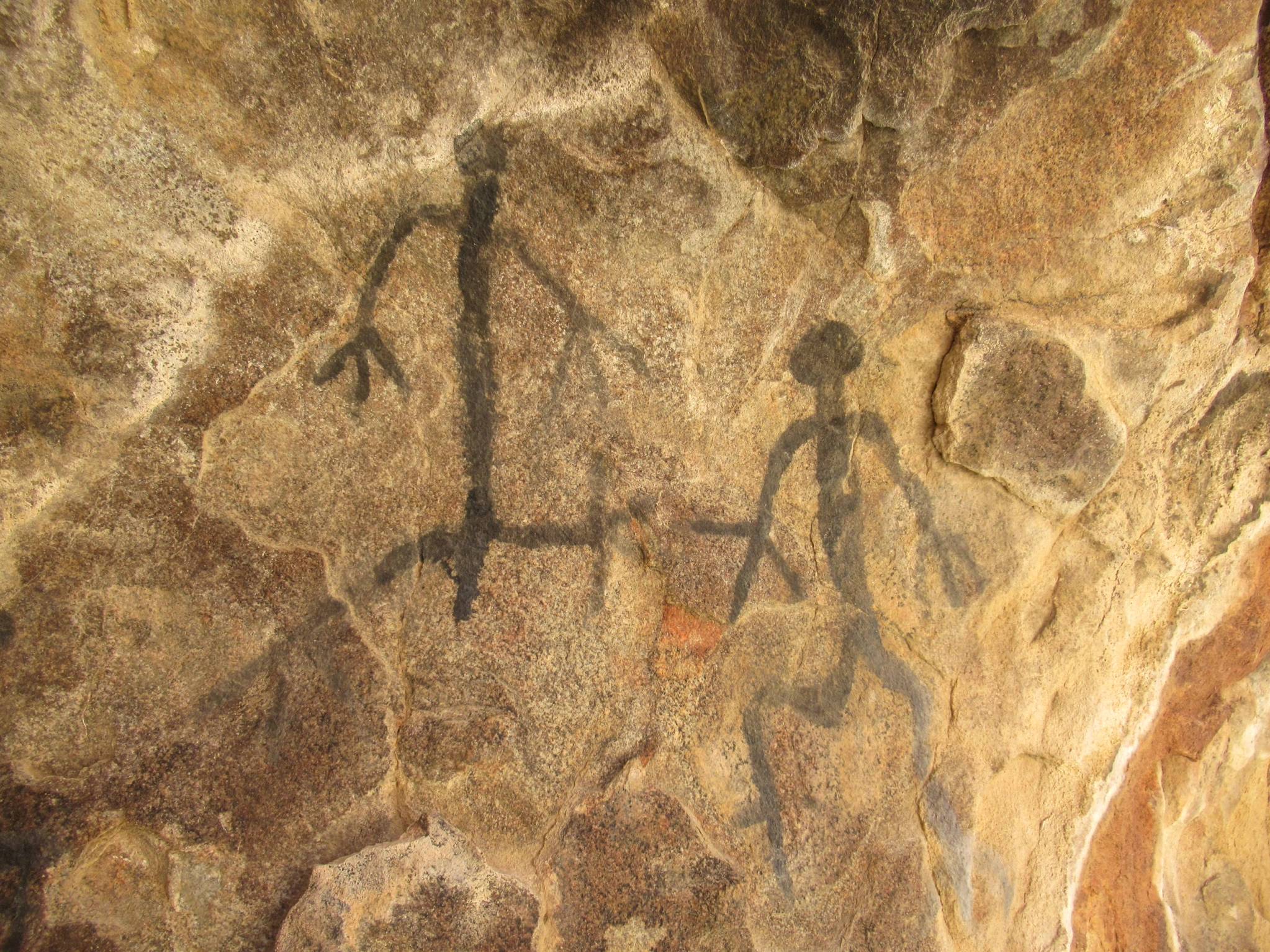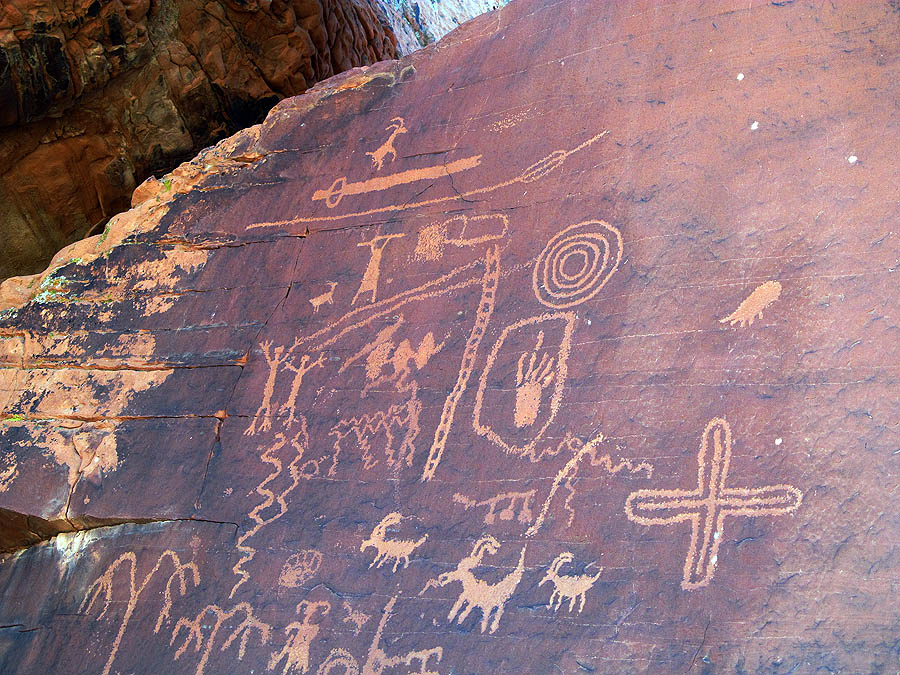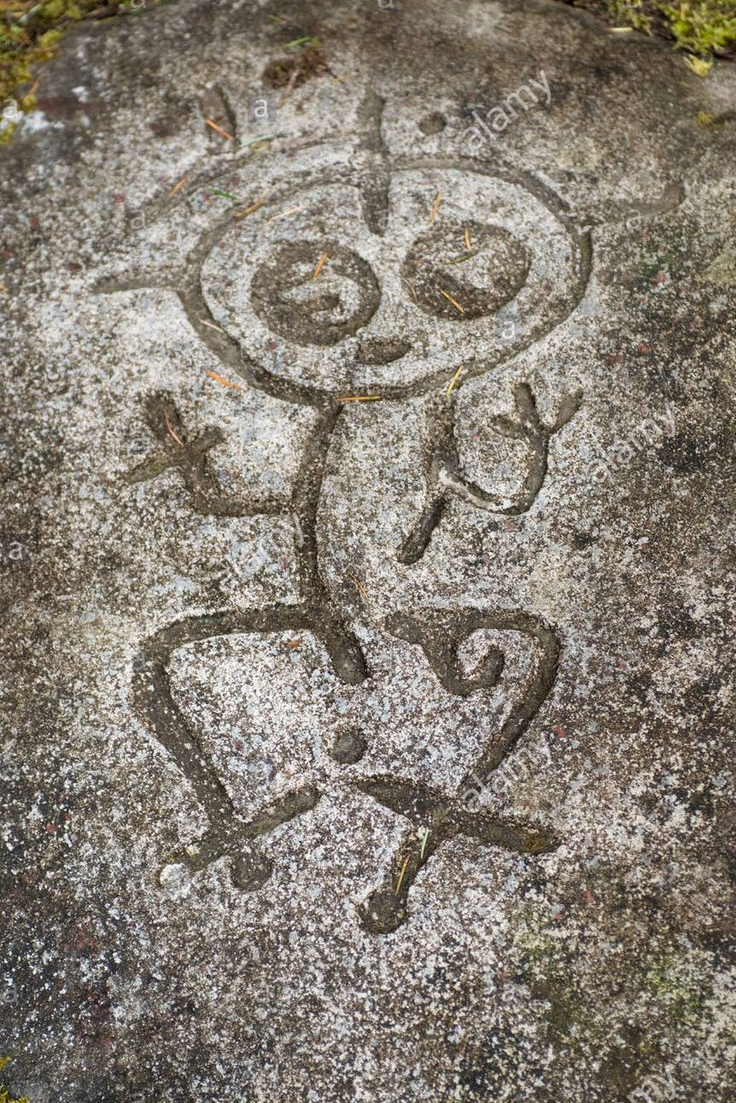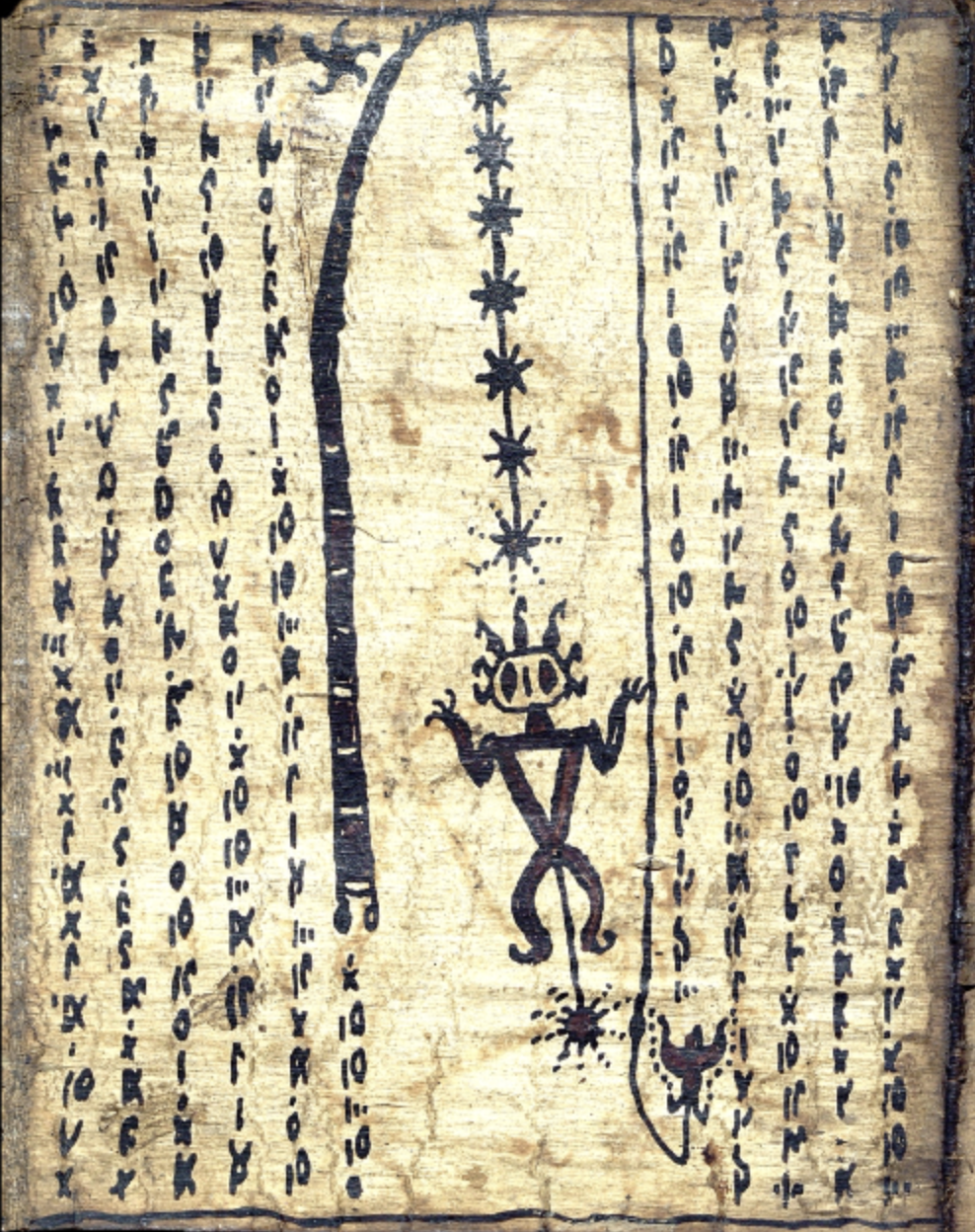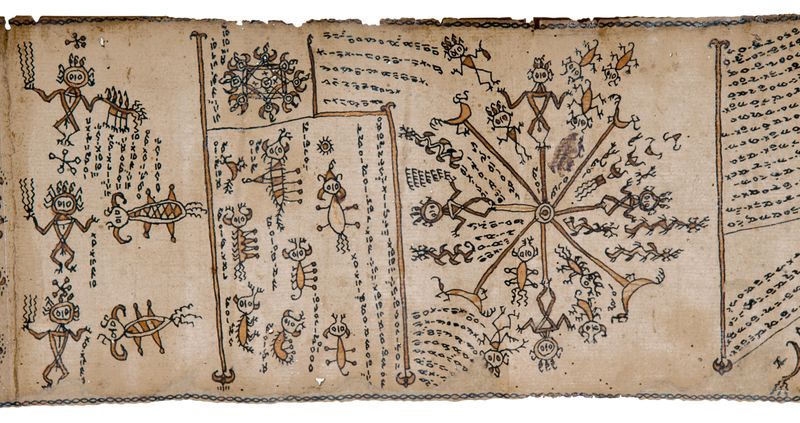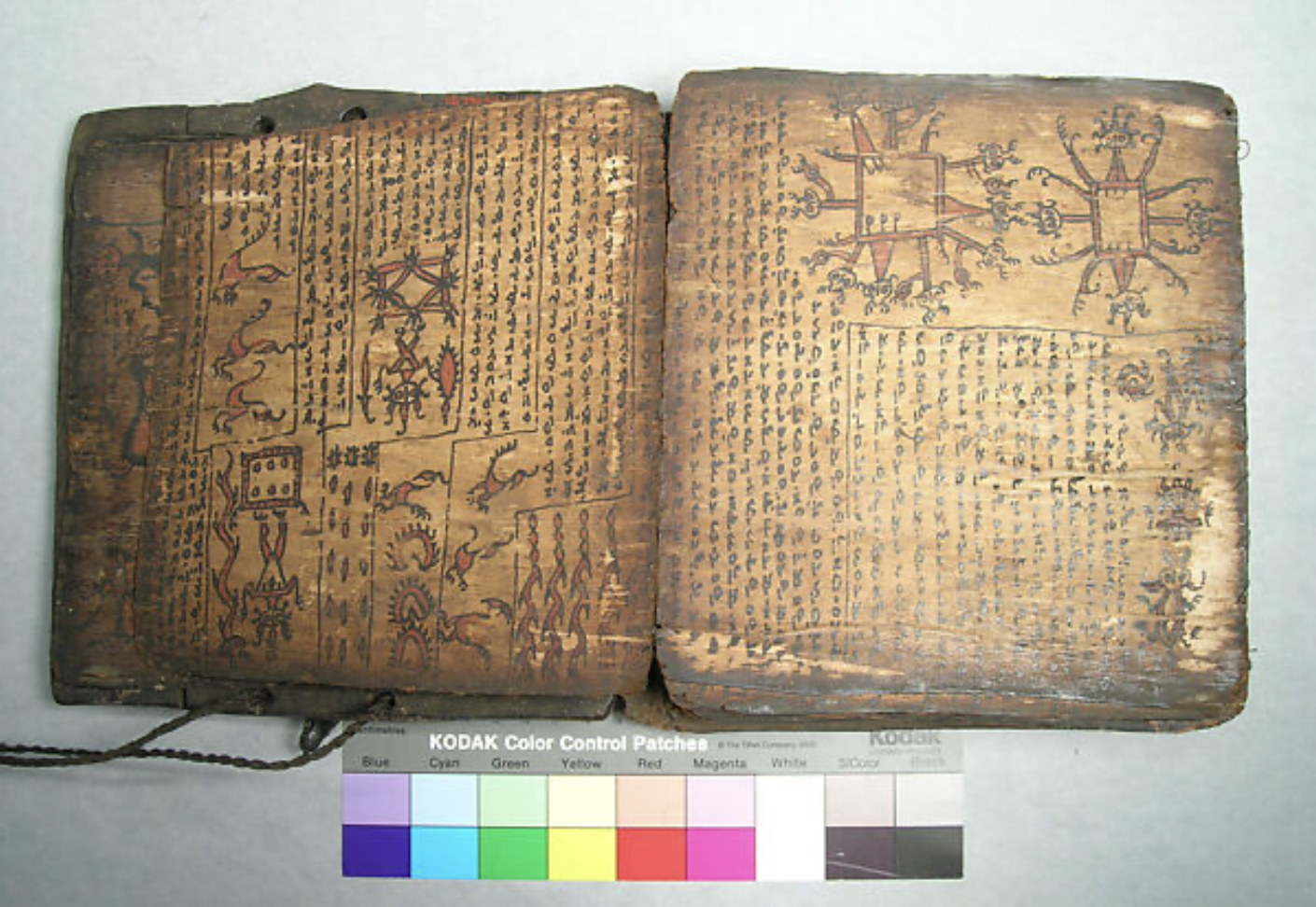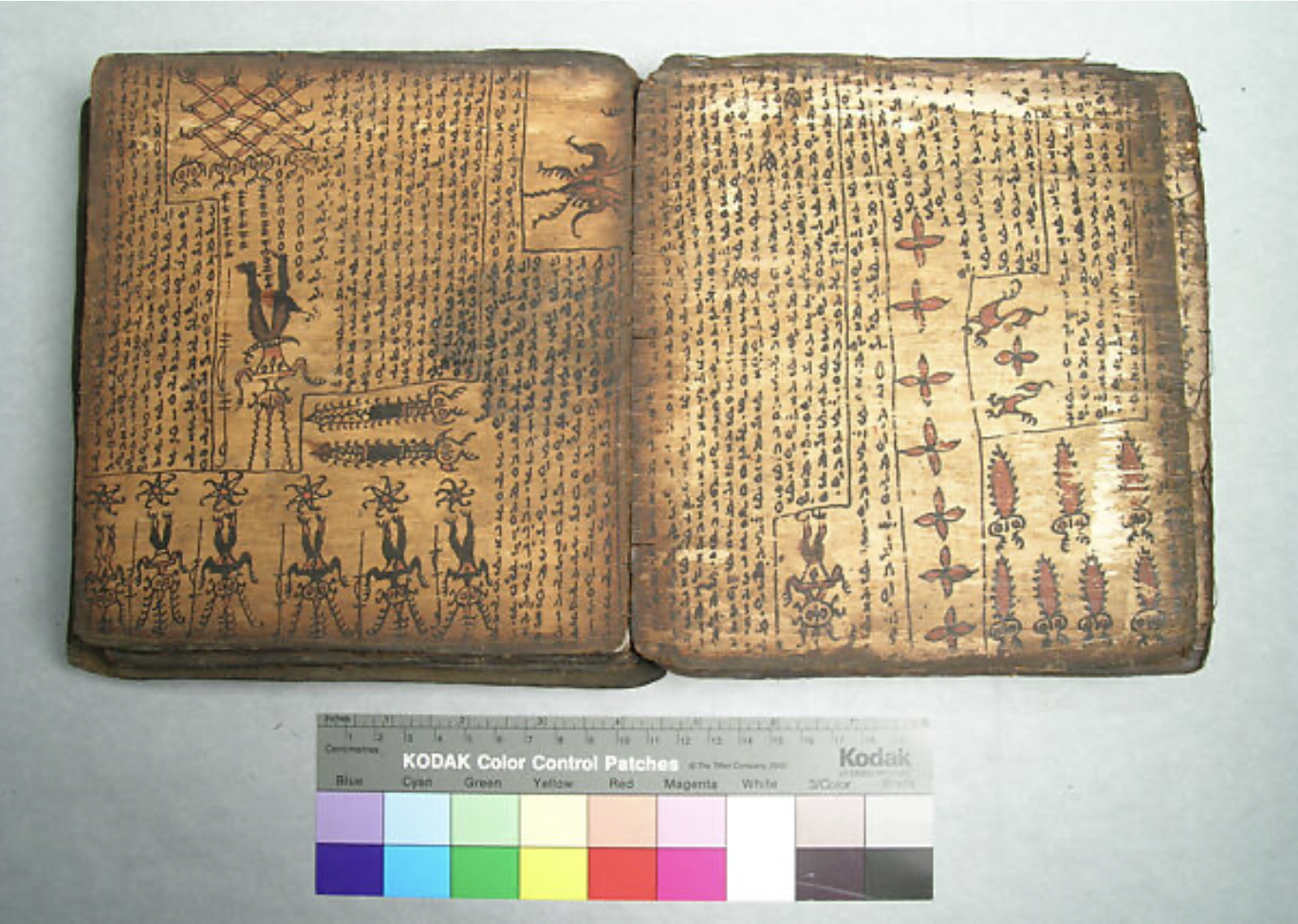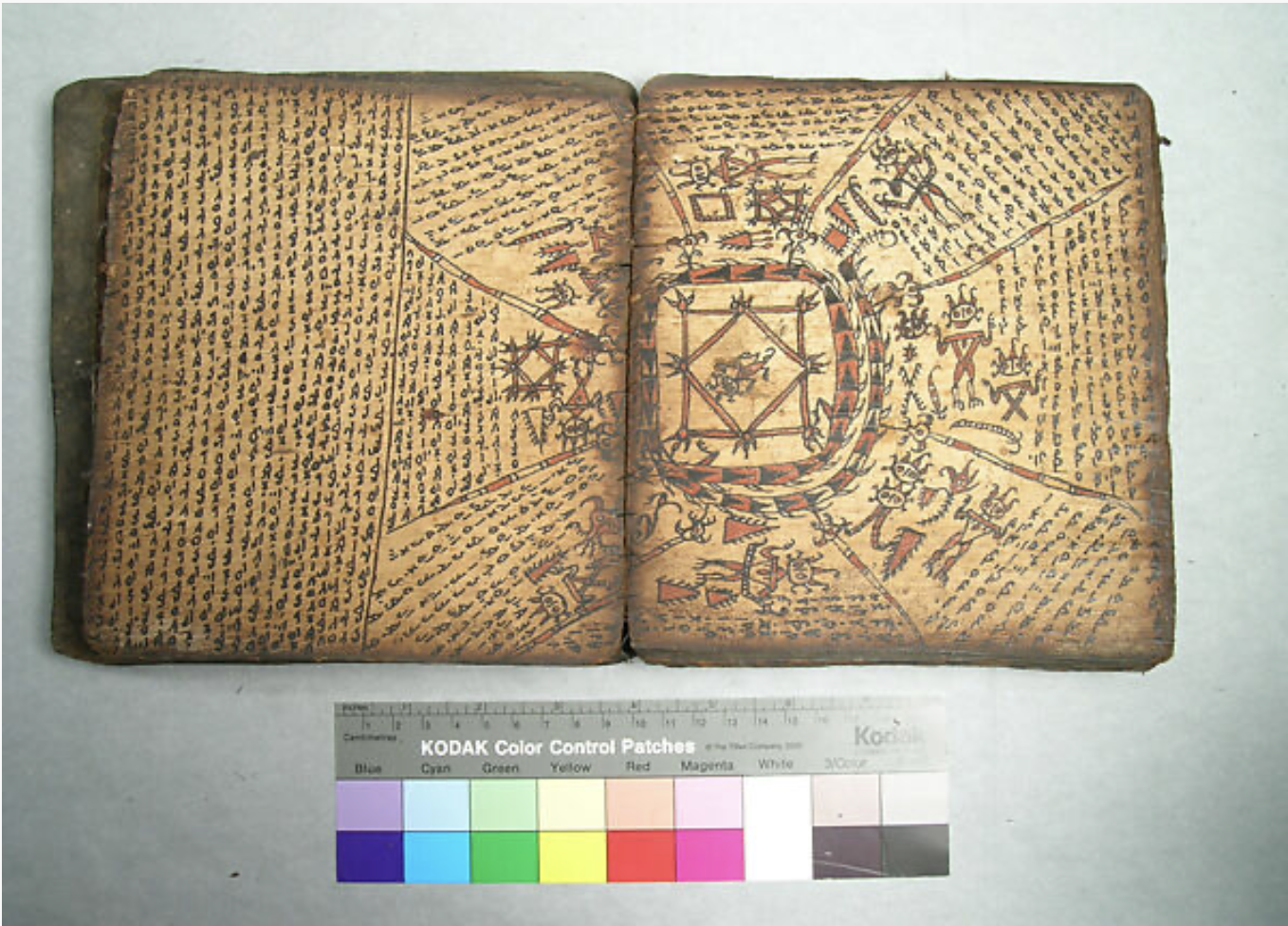Tridactyl Artifacts From Ancient Cultures
November 7, 2023
Credit to tridactyls.com for the inspiration for this post.
An interesting aspect of the Nazca mummies is that three-fingered or tridactyl creatures are not only seen in ancient Peru, but many other areas around the world including Japan, Indonesia, and the United States. They are often depicted with three fingers or toes, large round eyes, triangular bodies, and elf-like pointy hats and shoes. Below are some examples of these creatures from around the world.
Peru
The Nazca mummies were found near Nazca, Peru and sure enough we see the most "tridactyl" or three-fingered depictions here across several cultures. The artifacts here were created from 500 BC - 1500 CE. I wasn't able to find any tridactyl examples from Europe, but the depictions with triangular hats make me wonder if the stories of gnomes, fairies, and elves might be related.
Argentina
The Aguada culture of Argentina has many beautiful ceramics and pendants with three-fingered creatures. You can see more examples in these slides or this paper.
Japan
Dogu are small humanoid figures found in Japan between 3000 - 500 BC. The first figure shows a familiar oblong head and the other two figures have three fingers, like the small Nazca mummies. There are many more mysterious Dogu figures, you can see a collection of them here.
New Zealand / Pacific Islands
In New Zealand you'll find many figurines of the Hei Tiki, a creature with large eyes and three digits on each appendage.
United States / Canada
The first two images here are cave paintings from Carrizo Gorge near San Diego, California. The third is a cave painting from Atlatl Rock in Nevada. The fourth is a large petroglyph in Gabriola Island, Canada. The age of these works is unknown but could be anywhere from hundreds to thousands of years old.
Indonesia
The most curious of all the tridactyl examples comes from ancient Indonesian books for ritual magic called "pustaha". There are dozens or hundreds of different pustaha, but they seem to all include depictions of strange three-fingered creatures (as well as other even more bizarre creatures). These books are so mysterious and peculiar that they deserve a post of their own, I'll try to find translations and some more interesting examples. Source: The Met Museum
© 2024 strange universe
